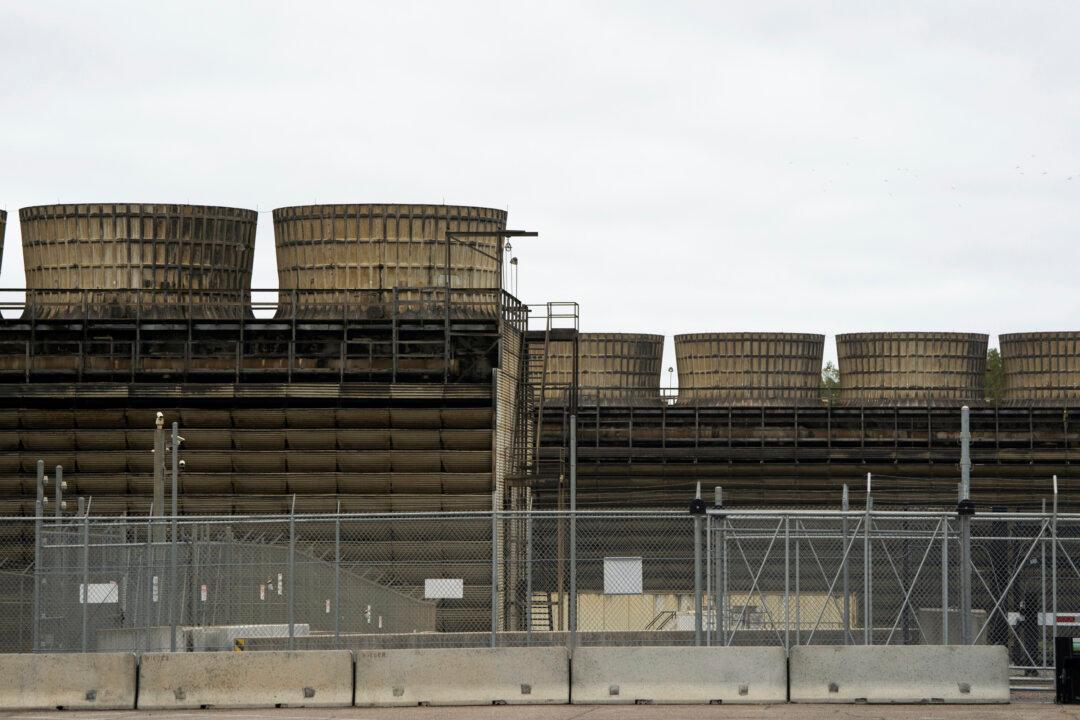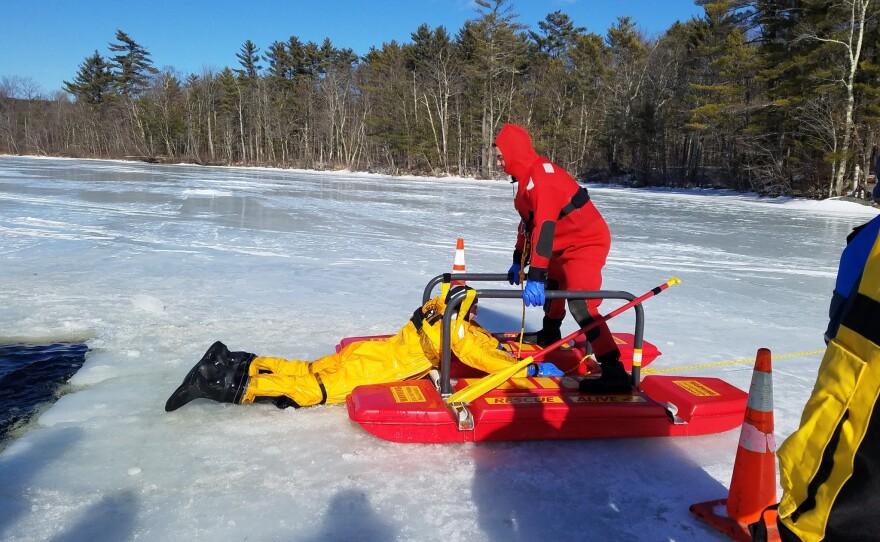Minnesota regulators announced on Thursday they’re monitoring the cleanup efforts by Xcel Energy following a leak of 400,000 gallons of radioactive water from the utility’s Monticello nuclear power plant last fall. The company said there’s no danger to the public.
The leak at the Xcel Energy plant in Monticello was not revealed to the public until now because it “poses no health and safety risk to the local community or the environment,” according to the Minneapolis-based utility company.




